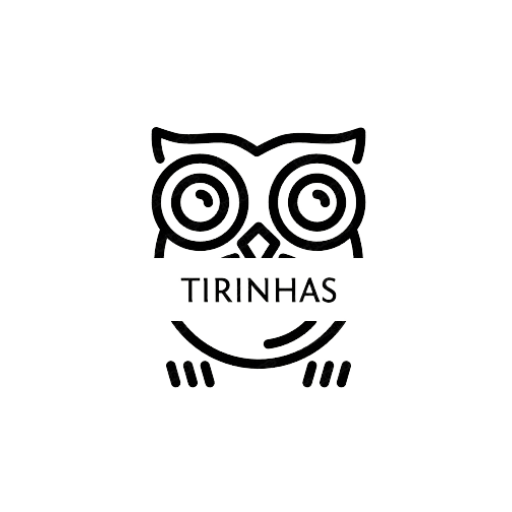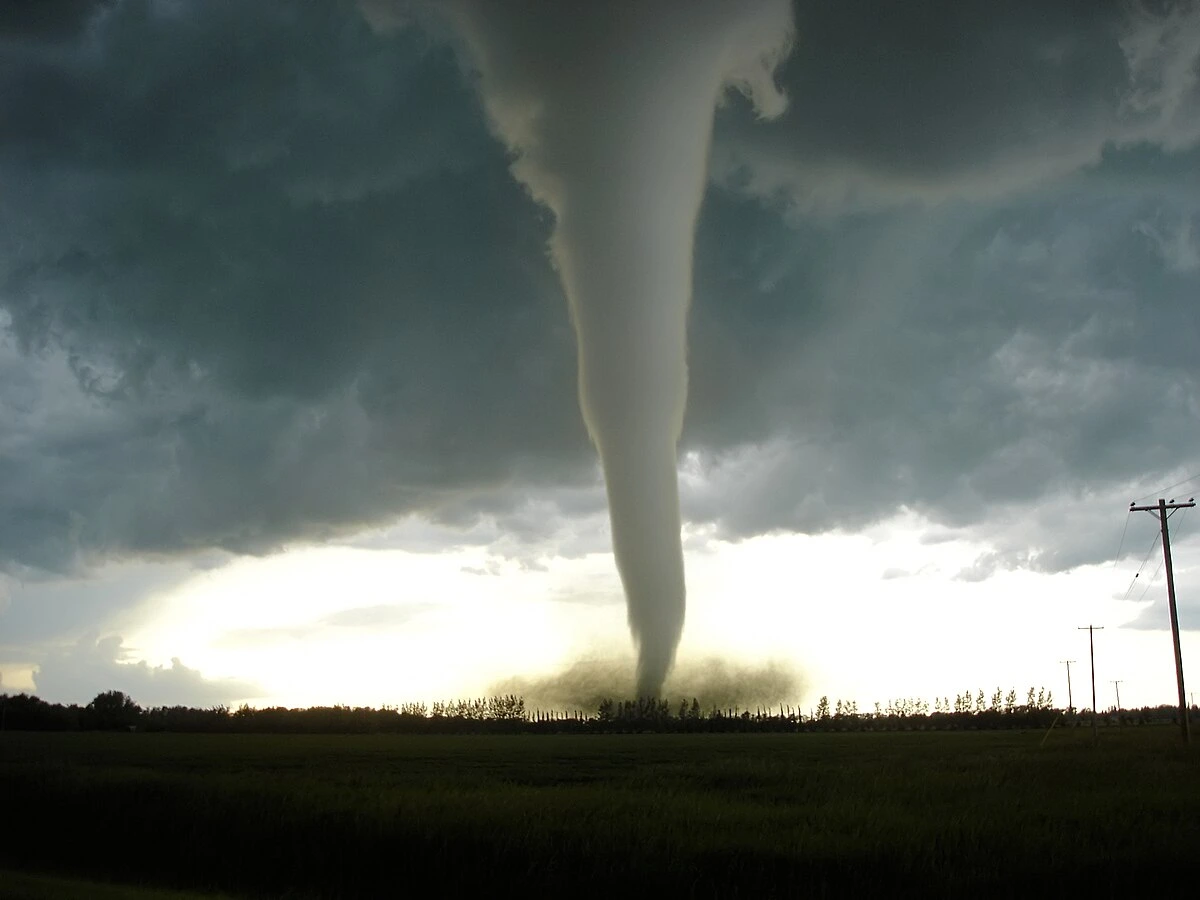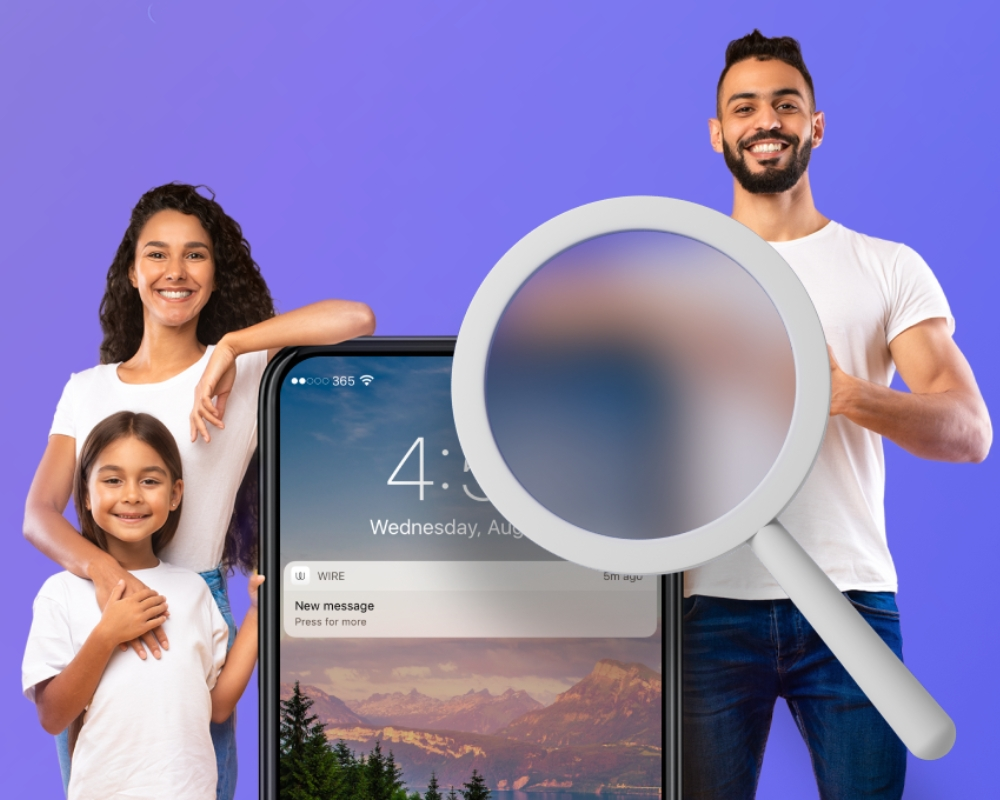Advertisements

It was a dark and stormy night.
Out of this wild night, a strange visitor arrives at the Murry home and calls Meg, her brother Charles Wallace, and their friend Calvin O'Keefe on a most dangerous and extraordinary adventure - one that will threaten their lives and our universe.
Winner of the 1963 Newbery Medal, A Wrinkle in Time is the first book in Madeleine L'Engle's classic Time Quintet.
MY THOUGHTS:
Wow, this book is out of this planet in more ways than one! L'Engle incorporated science, philosophy, and theology into this YA fantasy novel that was initially rejected by several publishers who thought complex content and childish characters were too much of a conflict. But she persevered and became a Newbery Medalist and famous classicist. She even borrowed 'It was a dark and stormy night' as her opening line, which turned out to be an excellent move. Although Madeleine L'Engle didn't invent this line, it wouldn't surprise me if several readers over the years assumed that she did.
So here's how it all goes down.
Meg Murry feels like a loser in every way. She is unpopular at school, considers herself simple, wears myopia glasses and has difficulties in several subjects. She's actually a brilliant math nerd, but because she's so clumsy, the teachers seem to have ignored it. Your beloved little brother is being persecuted and your father is missing. Murry is a physicist who does top-secret government work, but no one has heard from him for several years.
A strange trio of ladies squatting in an abandoned house seem to know what is happening to the children's father. Chatty Mrs Whatsit is a shapeshifter with a strange dress sense; The bespectacled Mrs. Who speaks in famous quotes because she finds it much easier than coming up with her own words to use; and Mrs. Que, the oldest of all, is nebulous and ethereal.
It turns out that Mr. Murry is trapped on a planet called Camozotz, where he is helping to fight a dark, evil dark force that is also approaching Earth. Meg, along with two boys, are enlisted to help rescue him, without getting themselves into inescapable danger in the process.
One of the boys is his precocious 5-year-old brother, Charles Wallace. Rumor has it that he is slow on the uptake, but he knows full well that he is a genius with an unusual talent for intuition. Charles Wallace's intellect is probably too vast for such a young head, which is his greatest weakness. How can a preschooler arm himself against a superiority complex when he understands things like quantum physics?
The other boy is 14-year-old Calvin O'Keefe, who knows he is admired at school for the most insignificant reasons, like athletic prowess and good grades. But Calvin's home life is a disaster, which keeps him melancholic and envious of those with solid, loving families. When Meg and Calvin realize that their personalities at home and at school are completely opposites of each other, it gives them a kind of bond of opposites.
The science fiction nature of the story begins when they travel via tesseract. If you compress a long piece of paper to look like a folded fan and then jump through the folds, it's similar to what our little gang does through space and time. There is no real time travel though. I think the book is more a story of 'space' than a story of 'time', despite what the title might suggest.
Meg begins her adventures very skittish and easily scared. I've stopped counting the number of times she has to hold another person's hand for safety, but I honestly find it a refreshing blast from the past in our modern era of brave, daring heroines whose authors fear the backlash of our reactive feminist culture if they give them a moment of weakness. With female lead characters now being labeled as consistently badass, shy readers have fewer literary counterparts to look up to. This is truly sad, and I find Meg Murry's cowardice under the circumstances completely understandable. I'm sure if I were in her shoes, I would be holding Calvin's hand until it was turned to pulp.
Her lack of courage at first makes her later courage more impressive, especially when she takes Calvin's hand for the hundredth time, then decides that she needs to stop relying on others to help her. Your final big challenge will have to be done alone. (I'm sure a lot of girls are hoping that any future hugs with Calvin will be for an entirely different reason.)
Camazotz ends up having a brainwashed population completely conformed by the dominant power (IT) to be completely uniform. '60s readers assumed this was L'Engle's approach to communism, but his intention is also to help Meg accept her own differences rather than wishing to be like others. I've been reading a few books about the downsides of our individualistic Western culture, so following them, this story is a reminder not to go too far to the other side.
Okay, I can't deny that Madeleine L'Engle's themes are not subtle and her heavy hand sometimes becomes almost cartoonish. Take for example the adventurers' quick crash into the 2D dimensions plus their interactions with the 'Happy Mean' which is exactly as she described. However, I still have the compulsion to keep reading despite these cheesy moments. I think it's because the unlikely main trio are interesting enough to keep their interactions fun. (I'm talking about the three children, not Mrs. Ws.)
I want to keep reading more of L'Engle's time series, but I hear they're not easy to find, so it will depend on whether or not I can get my hands on them. Now that it comes to that, I hope I can.
🌟🌟🌟🌟



